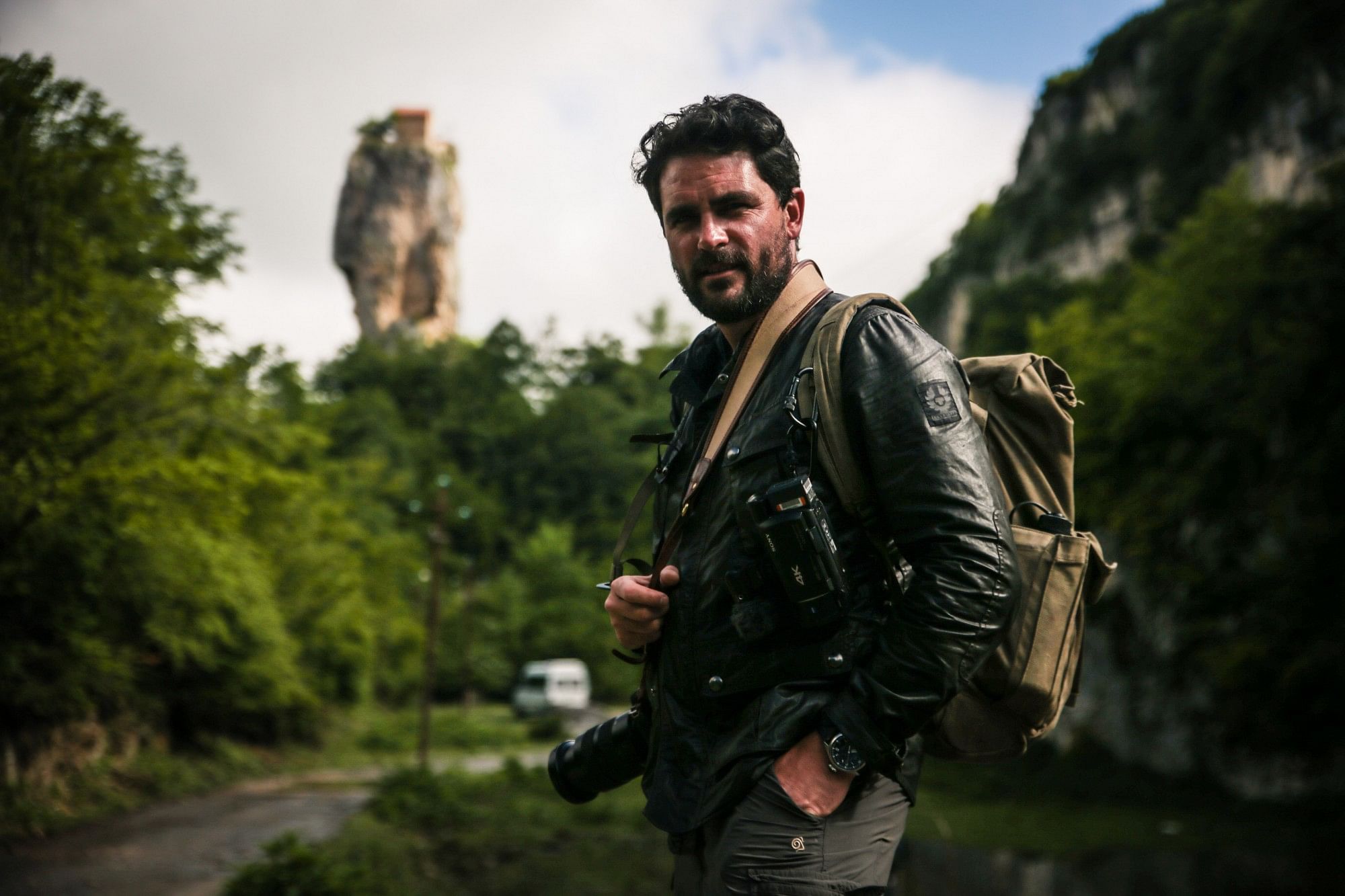
In an expedition version of ‘before and after’, British hiker and former army man Levison Wood revisits the Caucasus, the mountainous region that borders Russia and Asia, and stretches between the Black Sea and the Caspian Sea. The Caucasus has long been0 held as a terrain marked by internal conflicts and defined by discouraging natural barriers.
The explorer says that he came by this region back in 2004 as he hitch-hiked overland from England to India, and wanted to explore the changes worth of 13 years. The man who has walked the length of the Nile, the Himalayas and the Americas, and turned his experiences into published travel books, shares more about the 2017 journey of crossing the wild frontier...
About the changes...
Thirteen years later, remarkably little has changed and the people are still as hospitable and kind as they’d been before!
Of the 2,600-mile stretch, what are the most striking geographical features?
The wild mountains of Dagestan and Ingushetia are breathtaking; and the mud volcanoes of Gobustan Desert are a strange natural phenomenon. As the highest mountain in Europe, Mount Elbrus is an impressive sight when the sky is clear.
For what main reasons will this journey remain memorable to you?
It was great to meet up with people I’d met 13 years before and find that the landscape and villages were still beautiful.
What’s the one heart-warming experience you had there, and the most distasteful one?
It was heart-warming to be reunited with Lasha, a friend I’d made on my first journey to the region. As for distasteful, everywhere you go, you’re expected to drink the local homebrew. It can be pretty strong moonshine and isn’t always particularly tasty – and sometimes, it was even served at breakfast.
Tell us a couple of funny tales from this exploration...
When I’d been there the first time, I fell asleep in a bus shelter in Georgia near a town called Vardzia. I woke up to people shouting and I saw men stumbling towards me. I was nervous, but it turned out that they just wanted to make friends and were pretty drunk. We tried to chat in German, which was the only language we shared, and soon, one of them, Gocha Tsikhelashvili, offered me a place to stay. He hosted me in his home and was generous with his supply of vodka! Last year, when we returned to the Caucasus to film the second expedition, we retraced my route from 13 years ago, and I remembered where Gocha lived. I found his home and when we knocked on the door, he was still there. Somehow, he still remembered me — and he even had the same dog, that’d been a puppy when I was last there.
Was this a solo journey? What equipment did you use to film your hike?
I tend to travel either solo or with one other companion who is usually a fixer or a local guide, and then a small micro crew comes and goes. Either I self-film or when they join us, we’ll use a drone and a more advanced camera.
Trekking also means walking for long stretches. What goes on in your mind usually?
I’m usually concentrating on where I’m going to sleep that night or where the next meal is likely to come from.
How do you keep yourself fit and healthy on your travels?
The food is great in the Caucasus region and occasionally we had outstanding meals, but the staple is meat and rice, which can get a little filling and unhealthy. But come morning, there is always more walking, so it balances out pretty well.
What are the three essentials you carry on expeditions?
My Leica SL camera, a white linen shirt in case I’m invited to meet a VIP, and a compass in case my phone runs out of battery.
What does it mean for you to go back home after each journey?
My home is in London and it’s always a good feeling to get home and get into the swing of city life again. I’ll see friends and visit my parents in Stoke-on-Trent.
Why did you take to travel writing?
The appeal of travel writing, for me, is about documenting a snapshot in time; there are few places left on our planet that haven’t been mapped or visited already.
You mention the explorer gene... what’s all that about?
The ‘explorer’ gene is a derivative of the gene DRD4-7R and it’s estimated that about 20% of the population has it. It’s particularly prevalent among nomadic people and those with a predisposition for risk-taking, curiosity and adventure, such as astronauts or explorers.
Where in the world are you going next?
I recently finished an expedition circumnavigating the Arabian peninsula where I travelled through 13 Middle Eastern countries. I travelled in all sorts of ways, by camel, donkey, car, bus, hitch-hiking, and on foot. It’s the most contested region on earth, and is so often misunderstood, and our aim was to challenge the myths and stereotypes about the people that live there and tell an honest ground truth.
‘Levison Wood: Russia To Iran’ airs on Discovery every Friday at 10 PM.